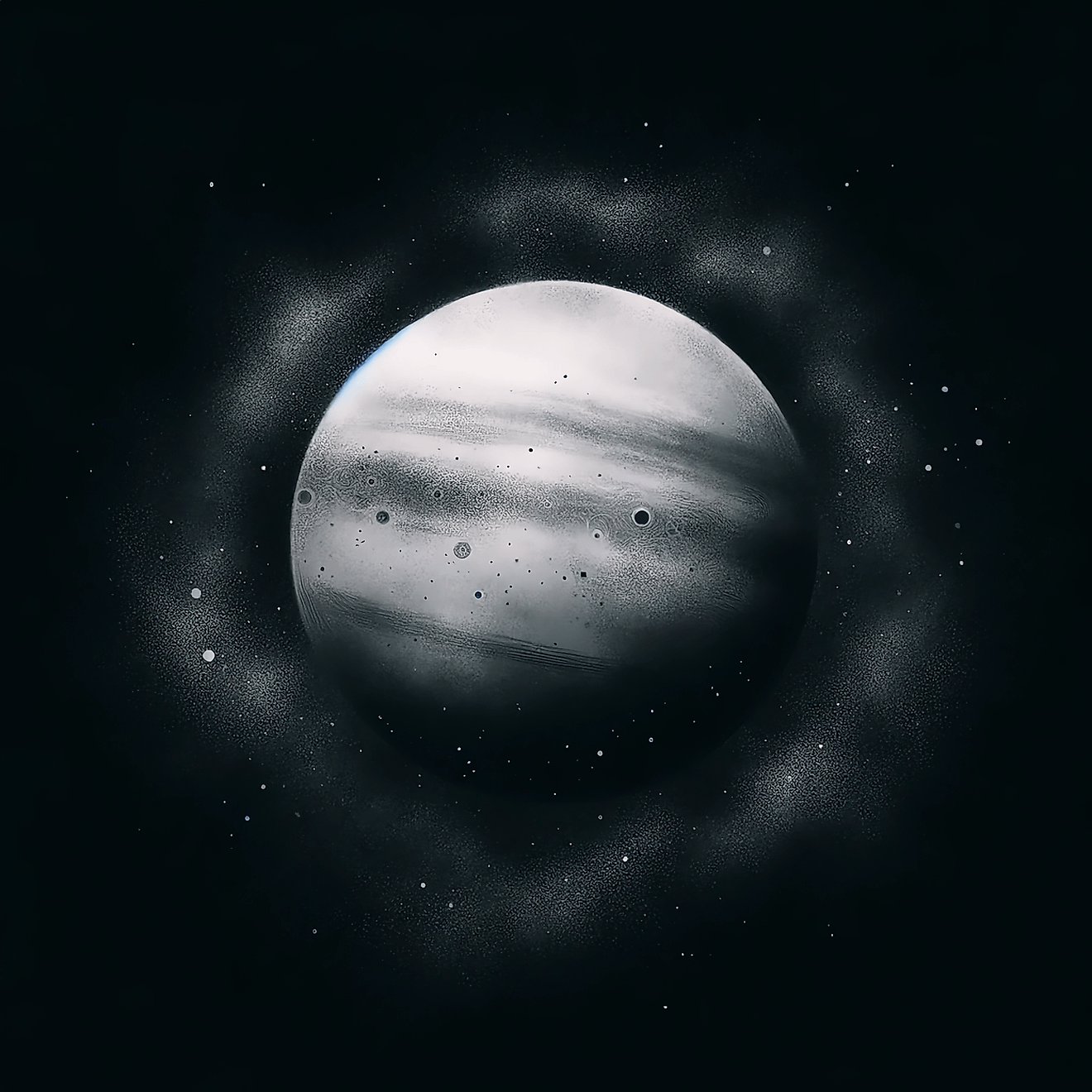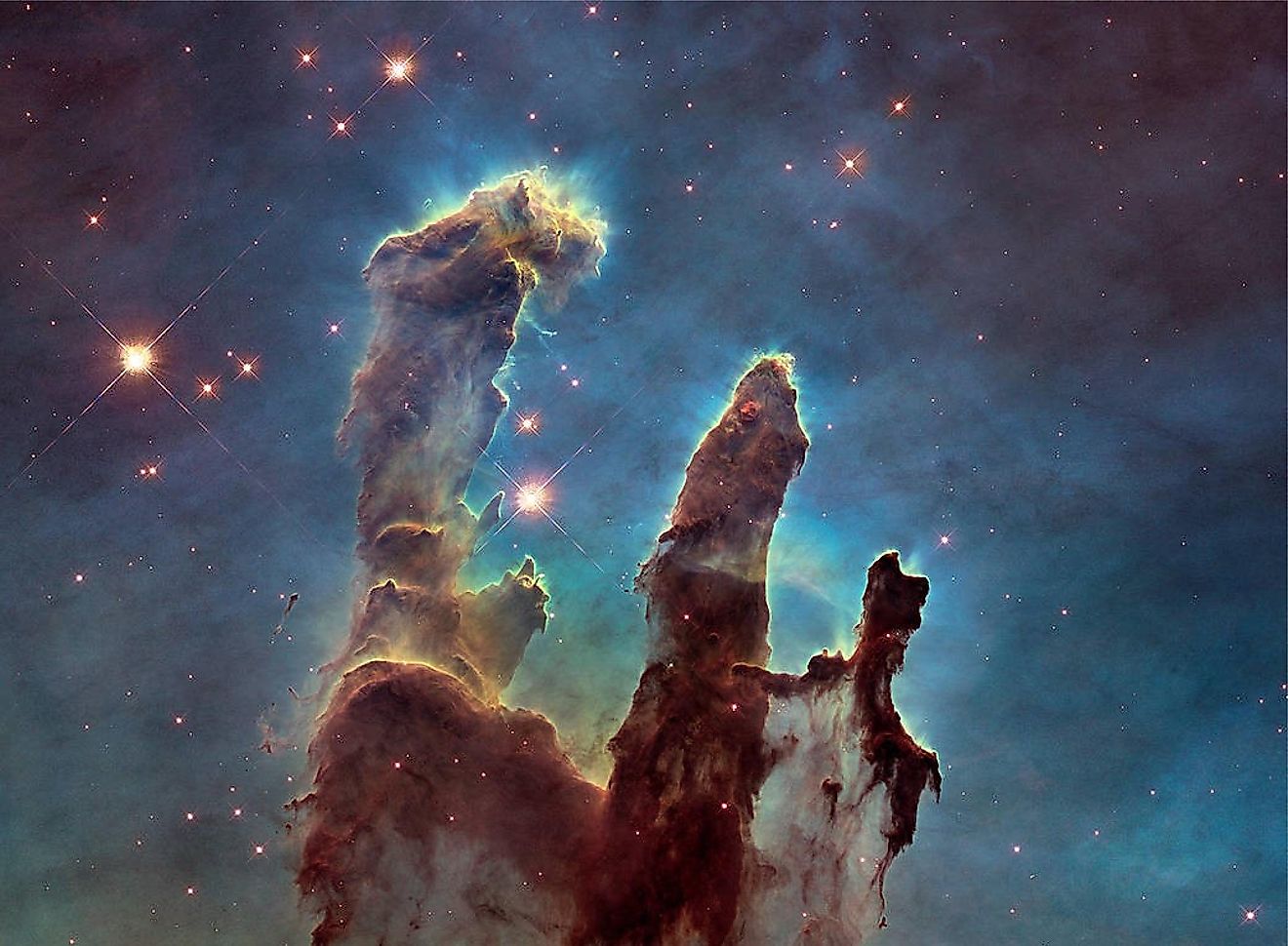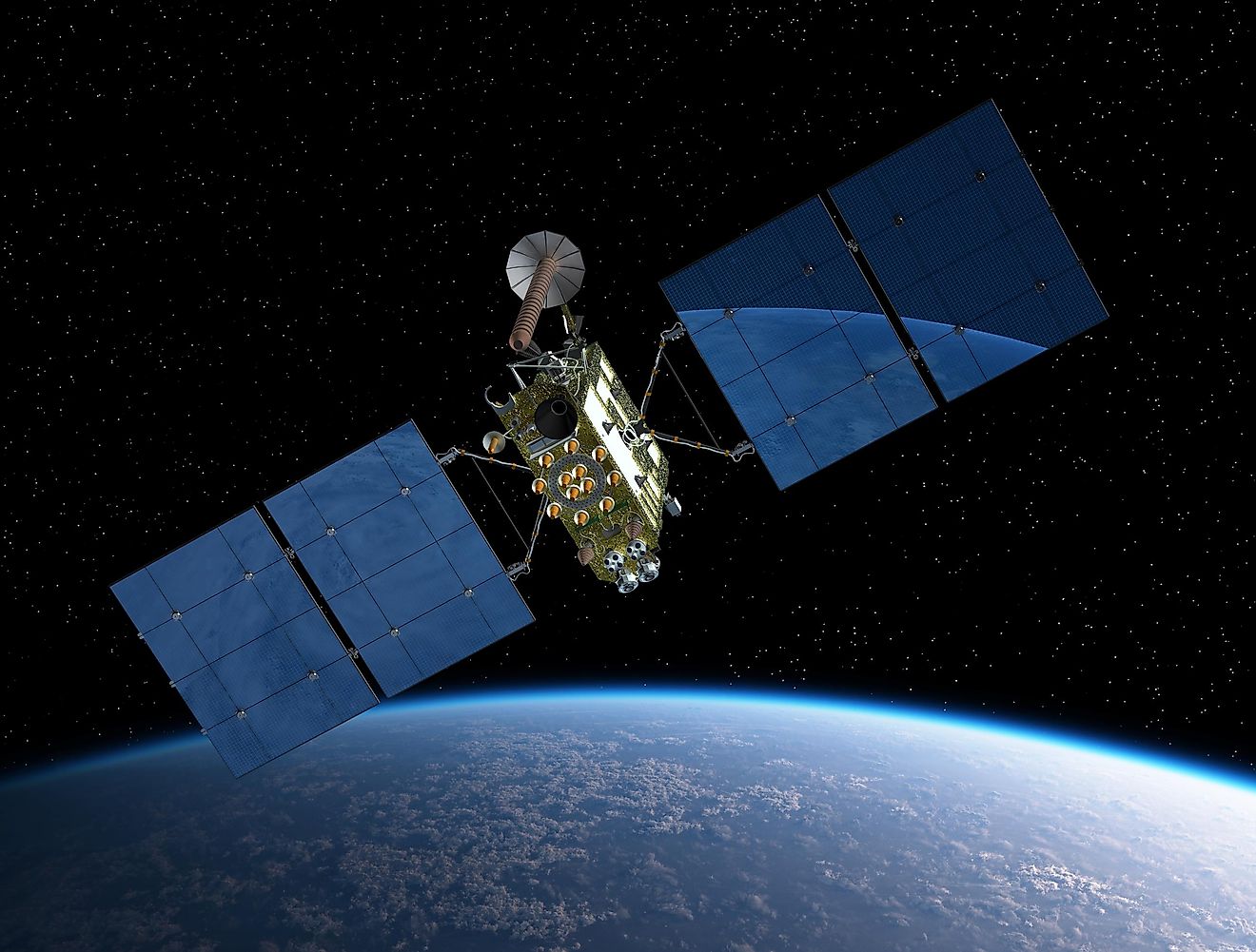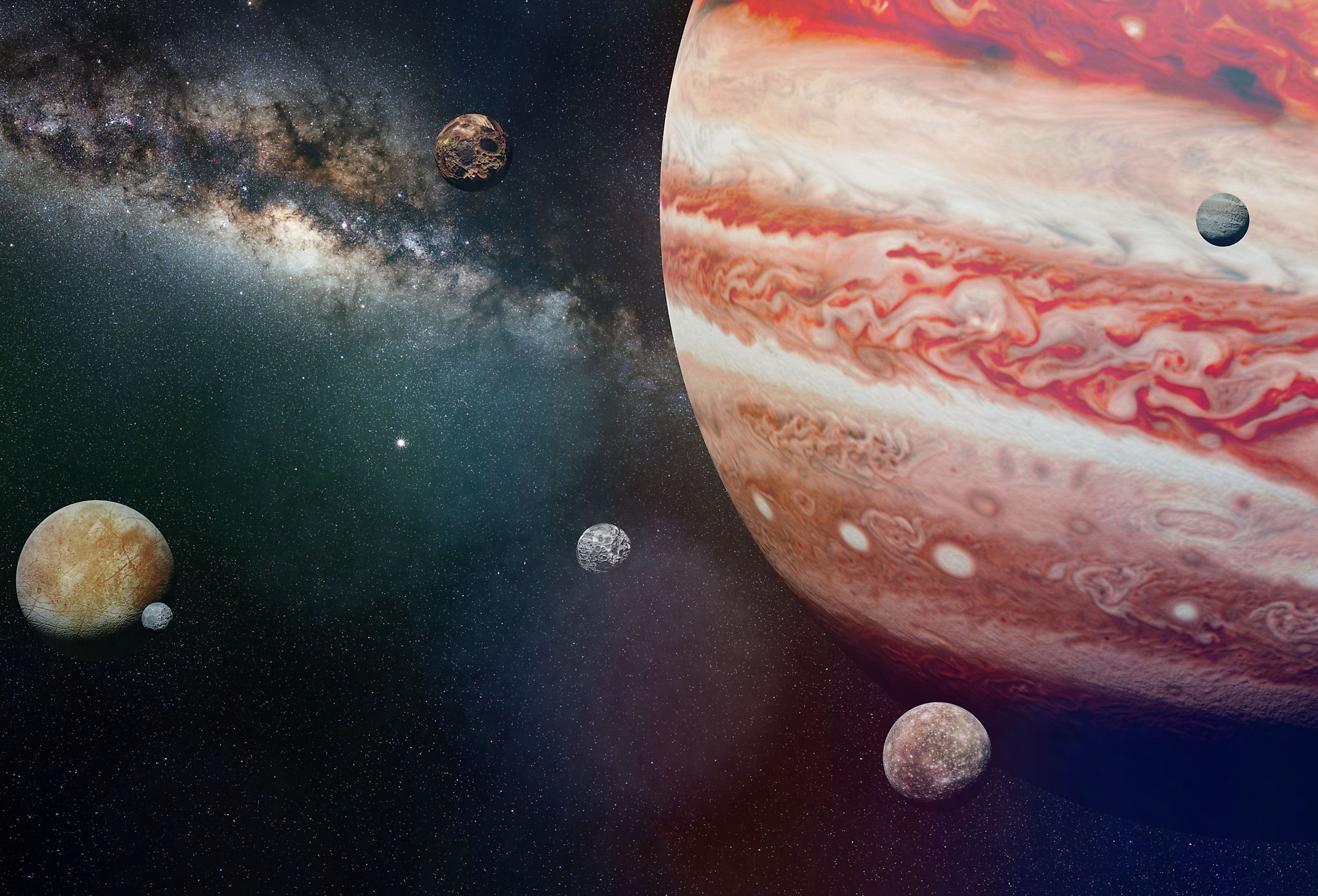
Jupitor's Offical Moon Count Up To 92 Now
Our solar system is home to over 200 moons, the vast majority of which orbit only two planets: Jupiter and Saturn. The moon systems of Jupiter and Saturn are so large that astronomers continue discovering more moons orbiting these two gas giants. The official moon counts of both planets have been increasing ever since Galileo first pointed his telescope toward Jupiter over 400 years ago. Astronomers recently confirmed the existence of 12 new moons around Jupiter, raising its official moon count to 92 moons.
12 New Moons
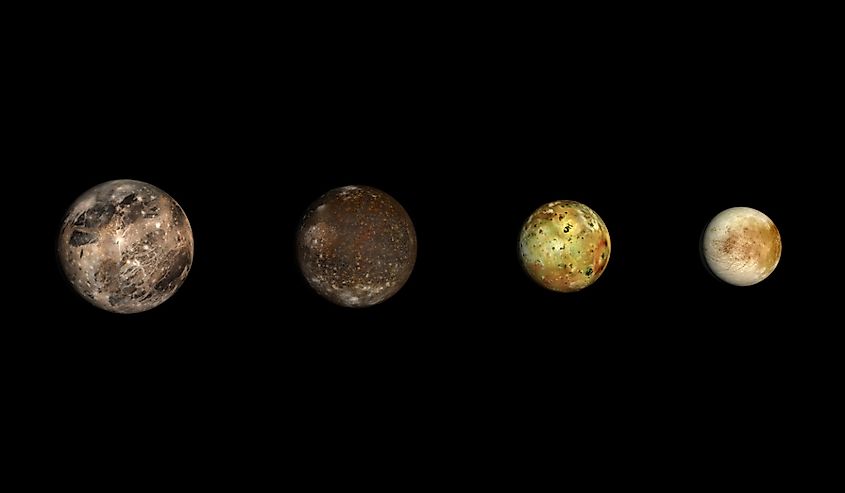
While it may seem strange that new moons are constantly discovered around our solar system’s largest planets, there are simple reasons why this is the case. The majority of newly discovered moons are tiny, making them dim and hard to detect. Of the 12 moons recently discovered around Jupiter, the largest is only two miles across (3.2 kilometers), and the smallest is only 0.6 miles across (0.9 kilometers). The newly discovered moons also mean that Jupiter once again has the largest system of moons in our solar system, having now surpassed the 82 confirmed moons of Saturn. As of yet, none of the newly discovered moons have been named. For a moon to be officially named, it must be larger than at least one mile across, and so not all of the newly discovered moons will be named.
The Moons of the Solar System
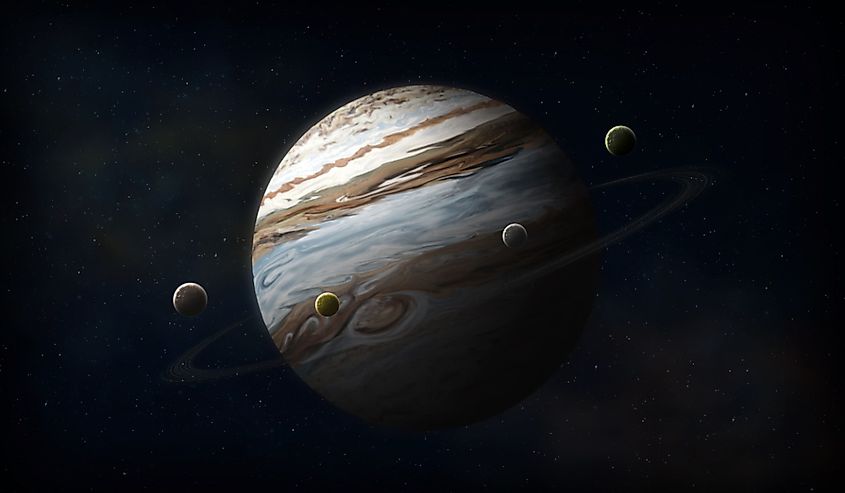
Moons are among the most abundant and diverse objects in our solar system. Moons are also believed to be a natural part of planet formation. Nearly every planet in our solar system is orbited by one or more moons, the only exceptions being Mercury and Venus. The vast majority of the moons in our solar system orbit Jupiter and Saturn, which are orbited by a combined total of 174 moons.
Uranus and Neptune are also orbited by multiple moons, yet not nearly as many as Jupiter and Saturn. Uranus is orbited by 14 confirmed moons and Neptune is orbited by 27 moons. However, the two outermost planets are likely orbited by more moons, yet since both planets are so far away, it is tremendously difficult to discover new moons. As telescopes become more powerful, and more spacecraft visit the outer planets, the official moon count of our solar system will likely keep increasing.









